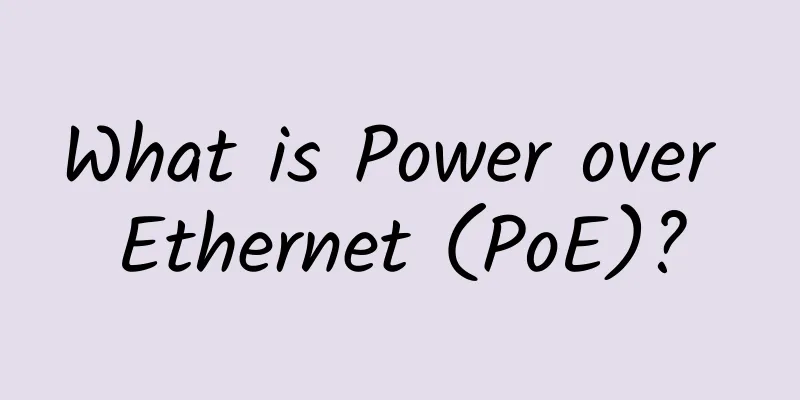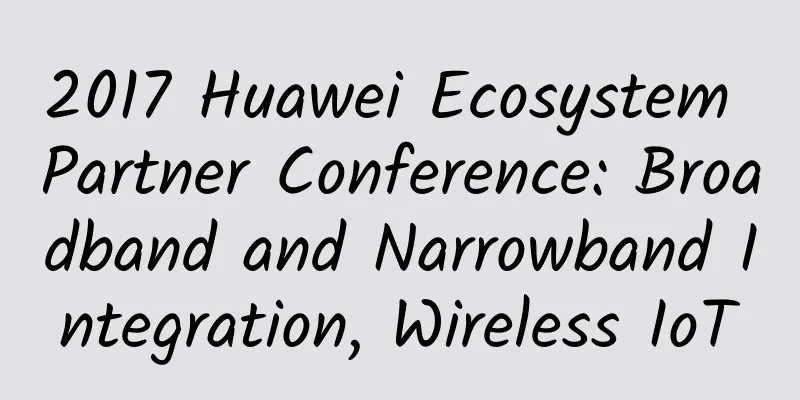What is Power over Ethernet (PoE)?

|
Power over Ethernet (PoE) is a secure and convenient way to provide wired networking and power delivery in a single package. It is a convenient way to power small devices such as CCTV cameras in your home or workplace. What is Power over Ethernet?Power over Ethernet is a method of powering and networking devices over network cables. Just like wireless networking, there are different standards for the various PoE implementations, with new standards providing higher power for more demanding devices. Power over Ethernet is ideal for powering low- to medium-power devices such as cameras, wireless access points, intercom systems, and keyless entry devices that can utilize both power and connectivity in a single cable. The earliest standard was 802.3af, which provided 15.4 watts of DC power over standard Cat 3 and Cat 5 network cabling. It was followed by the 802.3at standard, also known as PoE+, which expanded the available power to 25.5 watts. While both standards are still in use (and sold) today, 802.3bt or PoE++ can now deliver up to 51 watts DC (Type 3) or 71.4 watts DC (Type 4) to power a wider range of devices using Cat 5 or better cabling. The standard also supports 10 Gb wired networks. Power over Ethernet uses a standard RJ45 network connection to provide both power and network to the same device. Is PoE different from Powerline Ethernet?PoE is completely different from Powerline Ethernet. While PoE uses network cabling and standard network connections to deliver power, Powerline Ethernet works the other way around and delivers the network over existing power lines. Powerline Ethernet allows you to lay a wired network without having to run Ethernet cables through your walls. PoE allows you to power lightweight devices using only the network wiring you already have. While PoE may provide faster network speeds than Powerline Ethernet, it does not provide nearly as much power as Powerline Ethernet. Is Power over Ethernet safe?Running a small amount of power through your network wiring is surprisingly safe. Since PoE has been standardized, protections against device overloading and underpowering have been built into the standard since the early days of 802.3af. PoE runs between 44 and 57 volts DC to the network cable for older standards, and 50 and 57 volts DC for newer standards. This is a low voltage circuit, and 120 volts DC is considered the "safe limit" for direct contact. Using PoE requires no special electronics knowledge or electrical certification. You can lay your own network cable, power it, and run devices like cameras and access points without involving an electrician. PoE allows devices to consume as much power as they want. A camera that requires 3 watts of power will only use 3 watts. More pressingly, your PoE endpoints' power demands will not exceed the total available power on the network. Why Power over Ethernet?Power over Ethernet is very convenient. It uses basic Category 5 and Category 6 wiring that is probably already installed in your walls. This allows you to power PoE devices anywhere you have an existing Ethernet cable, provided you stay within the power limits of your network. As long as your devices can be powered over Ethernet, PoE can save you a ton of money. You can avoid the costs associated with hiring electricians and masons to run new wires through your walls, eliminating the need for painting and decorating afterwards. You also have more flexibility in where you choose to position access points, cameras, or other powered devices. Almost anyone can lay Ethernet cables, and the task requires no electrical knowledge or certification. PoE is also scalable, allowing you to grow as your network grows. After the cables are laid, you can upgrade the PoE switches or injectors if you need more power. Expanding a network is a case of laying more network cables, and anyone can do it. If you have the network overhead, you can add more devices later to expand your CCTV or wireless coverage. What does a PoE network require?All you need for a PoE network is an Ethernet cable and a PoE injector. If you're considering going this route, you probably already have network cabling installed in your house or workplace. If you don't, any old Cat 5 or Cat 6 will do. For small-scale PoE operations, such as those carried out in a home network, you may want to stick with relatively inexpensive PoE injection adapters, also known as midspan adapters. These devices draw power from the mains and inject it into your regular network. You can pick up a relatively cheap PoE injector like the Cudy POE300, which supports the older 802.3af/at standards, for less than $50. If you want the higher power output of 802.3bt, you'll need to spend closer to $100 for a product like the Pocket Industrial PoE Injector. For more complex setups that can handle more devices, a PoE-compliant network switch is a better choice. An inexpensive 8-port 802.3af/at switch with 4 PoE ports like the TP-Link SG108PE will cost you around $60, while a 4-port switch that supports 802.3bt like the IPCamPower PoE Network Switch can be found for less than $100. If you want cameras for an entire house, buy a switch rated for the total number of devices or total network power consumption. If you just need to put a single camera or access point in a hard-to-reach spot without readily available power, consider a midspan. One of the biggest advantages of PoE is that it is scalable. Once the cabling is laid, you can upgrade your midspan or switch to add more power when needed. With the cabling and hardware complete, the next step is to add some PoE devices to your network. What devices can you power using PoE?Many devices can benefit from the convenience of being connected and powered from a single cable. VoIP phones are one of the main devices that support this technology, allowing the phone to draw a small amount of power from the network hardware to provide basic phone service. Wireless access points like the Ubiquiti AC Lite are also ideal, as are CCTV cameras like the Amcrest Ultra HD PoE Camera. With higher-performing 802.3bt networks, more sophisticated cameras (like those with active heating and cooling for harsh climates) and higher-capacity wireless access points can be powered by the network. Many wireless internet service providers use 4G and 5G modems to provide internet access to homes, and these devices are often mounted on rooftops for the best reception. Using low-voltage PoE can make the installation of such equipment easier and cheaper. In the future, things like public intercom systems in apartment buildings might also make more use of PoE, since the network can provide enough power to power the small webcams and microphones those circuits rely on. Other devices that may benefit from PoE networks include IPTV decoders (such as those found in hotels), connected lighting, wall clocks, keyless entry devices and keypads, automotive and industrial control systems, and point-of-sale kiosks. You can also use a PoE splitter, like the $15 UCTRONICS PoE USB-C Adapter, to draw power from the network, for example, to the 5-volt USB sockets of smartphones and similar devices or wireless charging points. Even if it's not PoE-compliant, you can power a USB device over Ethernet with the right equipment. Is PoE Right for Everyone?Power over Ethernet certainly has its place, but it's not a panacea. It can be useful if the building you live or work in already has Ethernet cabling running through the walls. |
<<: How Open RAN and 5G impact sustainability
>>: 5G will bring a range of possibilities to future buildings
Recommend
SAP HANA Express Edition for Developers Launched on Huawei Cloud
On September 5, during HUAWEI CONNECT 2017, Huawe...
ZJI: 520 yuan/month Hong Kong server-2*E5-2630L/32GB/480G SSD/30M bandwidth/2IP
ZJI has released a special promotional dedicated ...
Master the knowledge of optical modules in one article and become a necessary skill for network engineers
In this era of information explosion, data transm...
How to use big data well? Liu Jianhui of 51 Credit Card reveals the way to advance big data application products
[51CTO.com original article] The Global Software ...
Five IoT product design concepts to attract and retain the younger generation of consumers
The post-2000s are an emerging generation of cons...
How to calculate 5G backhaul bandwidth?
[[353172]] This article is reprinted from the WeC...
Seven factors to consider in network redundancy design
[[433681]] 【51CTO.com Quick Translation】 When a n...
The global 5G base station market will reach US$236.98 billion in 2026
According to the new research report "Applic...
Is your home WiFi secure? Beware of router attacks
WiFi has now been fully integrated into our lives...
"Edge computing" has become the core keyword of 5G
How fast is 5G? The upgrade from 4G to 5G is comp...
[Black Friday] LiteServer: 60% off VPS in the Netherlands, large hard drive VPS/large traffic VPS monthly payment starting from 2.4 euros
LiteServer's Black Friday promotion lasts unt...
SD-WAN deployment pitfalls: How to avoid five common challenges
As organizations accelerate their cloud adoption ...
How to configure OVN router?
Overview Based on the experimental environment in...
Revitalizing smart cities with edge computing and 5G
[[381381]] As we recover from Covid-19, we have a...
External tools connect to SaaS mode cloud data warehouse MaxCompute practice
This sharing will be explained from four aspects....
![[Double Holiday] edgeNAT: VPS monthly payment 30% off, annual payment 40% off, US/Hong Kong/Korea CN2 VPS monthly payment starts from 42 yuan](/upload/images/67cabc93e4f35.webp)






![[CyberMonday] RackNerd: $12/year KVM-1.5GB/20GB/3.5TB/San Jose & Seattle, etc.](/upload/images/67cac46d08899.webp)

